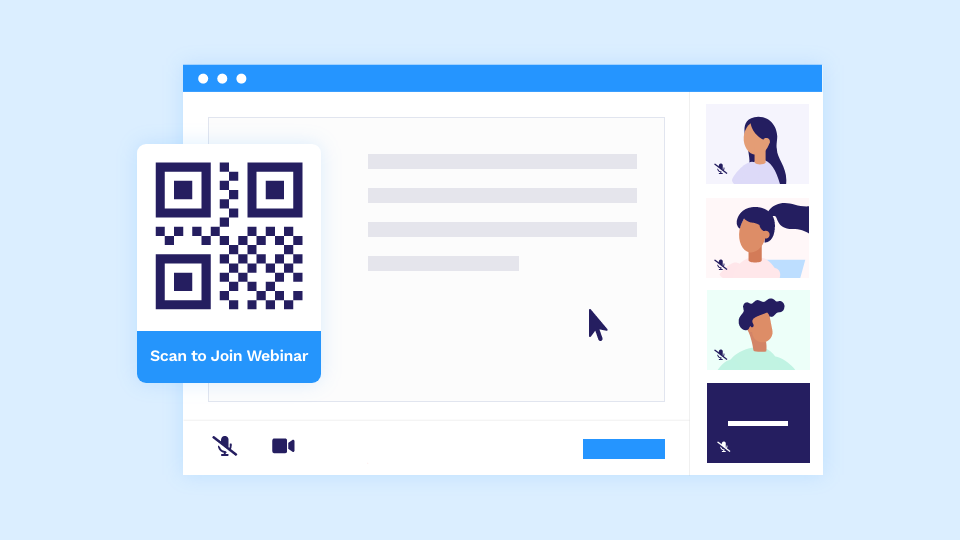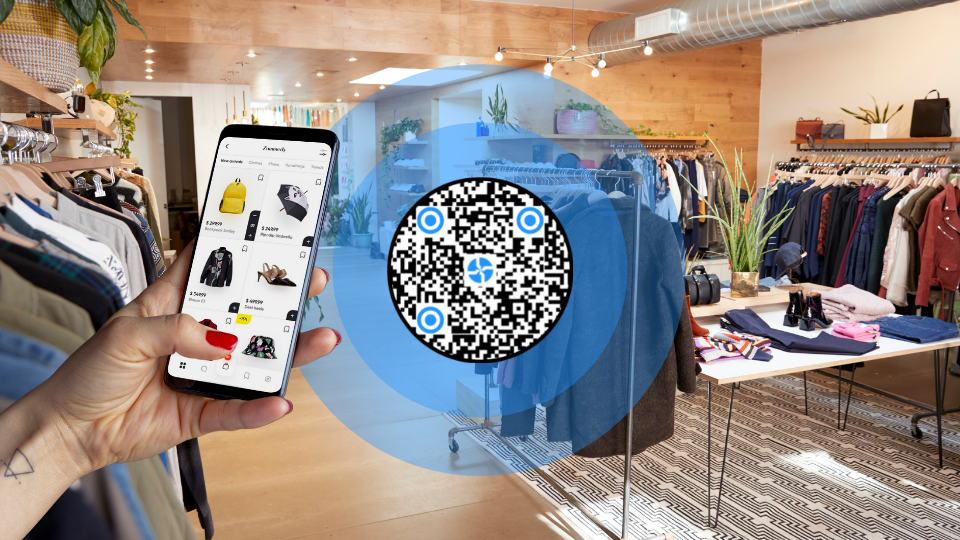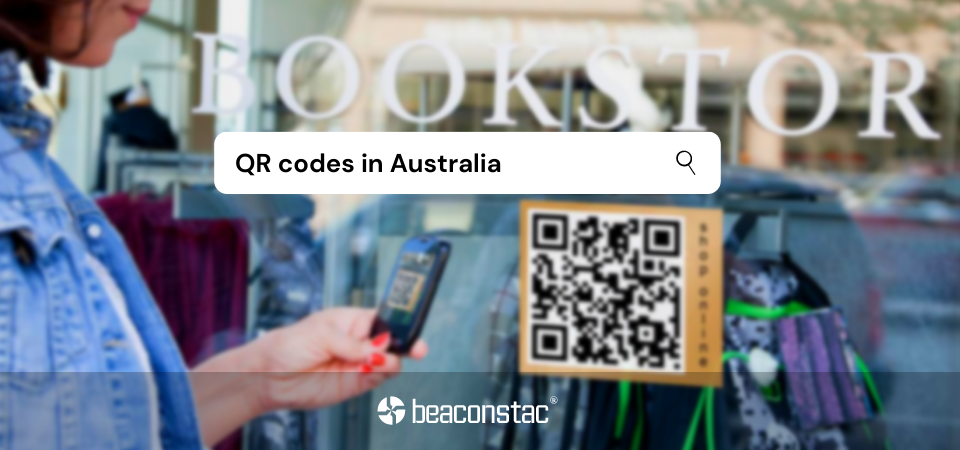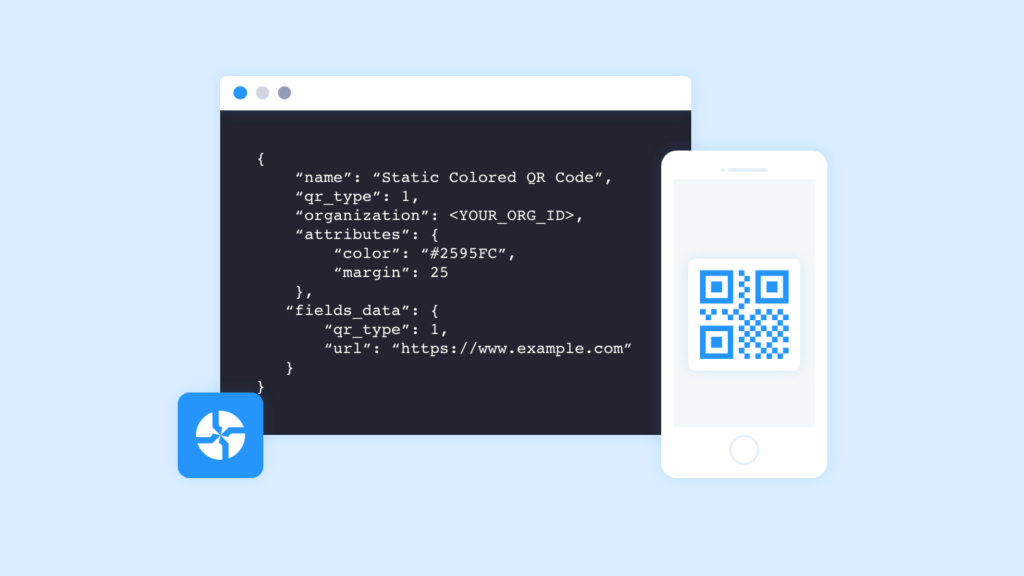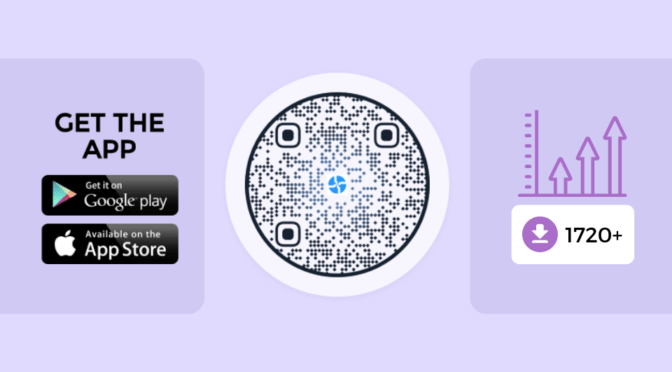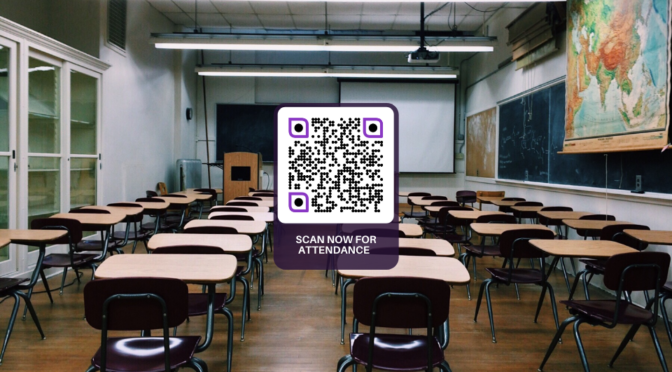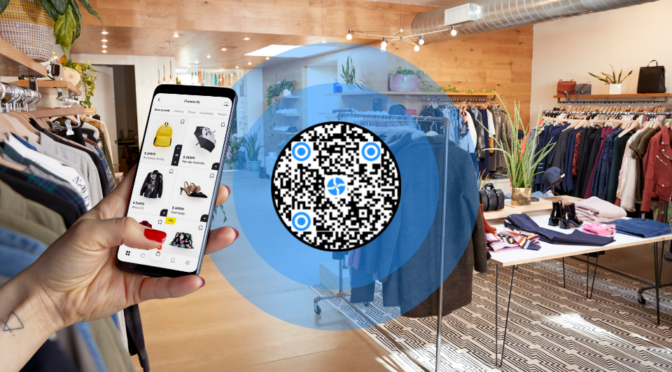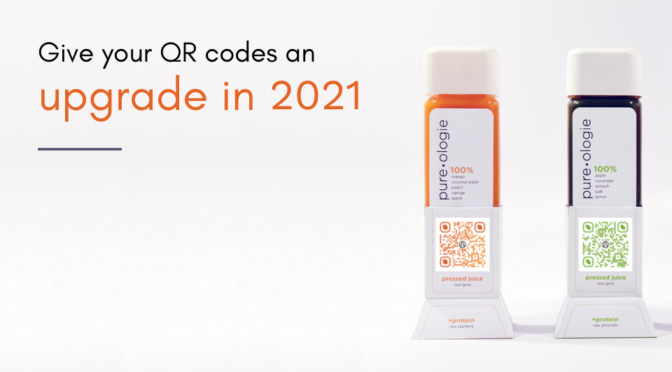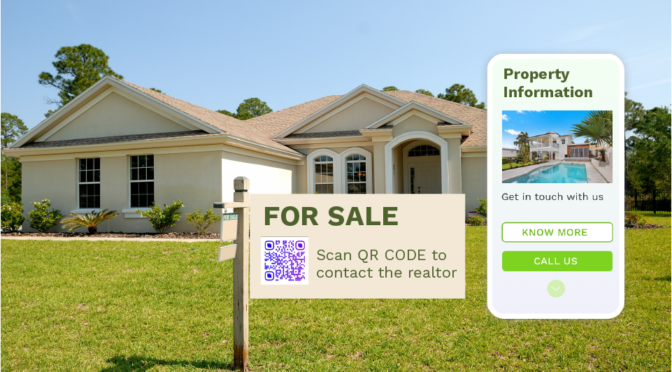With a massive surge in video content over the last decade, it is no surprise that webinars are a critical piece of any marketing strategy for businesses of all sizes.
According to statistics, 95% of respondents state that webinars are an essential part of marketing strategies. Besides, a single webinar could get marketers between 500-1,000 leads.

Webinars offer the distinctive possibility to connect to potential clients, feature prodigious thought leadership sessions, organize inter-industry meetings, and coach staff that essentially adds value to users.
Webinars were anticipated to be the next breakthrough marketing source, according to various sources. When done right, webinars can keep customers engaged for hours, drive a high ROI, and connect with other industry leaders. Yet, how can one organize a webinar for the masses, not lose out on potential clients, and retain the brand value given the current situation?
Answer – QR Codes for webinars.
Although a link can be shared virtually to join a webinar from any part of the world, most times, the value is lost in translation. QR Codes can help solve this issue.
Let’s read on to understand how.
How to create QR Codes for webinars
To create a QR Code for webinars is extremely simple. Follow these steps to create a QR Code for your webinar –
- Go to Uniqode’s QR Code generator
- Grab the URL from the webinar platforms such as Zoom, WebEx, or GoTo
- Choose Website QR Code and paste the URL of the webinar, time of the webinar, and other important details
- Customize the QR Code to add a logo, change its eyes, and template. Also, add a password if the webinar is meant exclusively for registered attendees.
- Generate and test the QR Code
- Download QR Code for your webinar!

6 reasons why QR Codes for webinars are perfect and why you should opt for them
#1 Track your attendees without any hassle

Although each webinar software has its unique attendee tracking methods, it is impossible to track attendees post-webinar.
Businesses can track attendee registrations to connect with them further, share important details about the webinar, and to send updates.
Tracking the number of registrations is a definite way to track attendees. Dynamic QR Codes can be tracked and analyzed based on the attendees’ last scan, OS used, and even location.
With QR Code tracking, marketers can easily track their attendees, encourage them to scan the QR Code to register themselves, and use the same data to connect with them further if they do not show up to the webinar.
By adhering to careful GDPR rules, marketers can still reach out to their attendees even if they do not attend the webinar and connect with them for future webinars.
QR Codes help businesses and marketers to track and engage with users who have registered for the webinar, even if they do not attend.
Make sure to connect the QR Code to a landing page and correspondents that can help attendees with the webinar in case of any queries.
#2 Easy check-in

Community Methodist Church in Dallas, Texas makes use of QR Codes to help church-goers attend prayers online by scanning a QR Code from their website.

Although URLs are still the preferred method to share and invite attendees to join webinars, QR Codes for webinars streamlines the process and makes it much easier to check-in.
Webinar links are shared across various platforms to promote and bring awareness to the webinar. However, there is a high possibility that the URL might get drowned with other important information on the same deck.
Make it easier for potential attendees to spot their access to the webinar by opting for QR Codes for webinars instead. Embed QR Codes on marketing materials, social media platforms, and even on the business website so attendees can quickly scan the QR Code and be permitted to the webinar.
QR Codes make it much more convenient for attendees to access the webinar and make a purchase instead of links.
#3 Promotion made easy with multi-channel marketing

QR Codes are versatile in nature, making them the apt technology to connect offline and online platforms and vice versa. QR Codes can be embedded in print advertisements, OOH advertisements, social media, and even email marketing.
Carefully scrutinize the audience target, market segmentation, and location target to build a landing page for the QR Code that can be designed to leverage other platforms such as Facebook, LinkedIn, email, banners, or even billboards to promote the webinar.
Make use of short URLs by opting for dynamic QR Codes that can be printed onto any material without worrying about occupying too much space.
GloSkin Beauty leveraged Uniqode’s QR Codes to enable users to attend their Peel Party as an interactive way to learn, receive kits, and even just hang out via a Zoom ID that was shared on Facebook.
Share the QR Code for more reach, receive engagement, and even provide an attractive offer to encourage potential customers to scan the QR Code to attend the webinar.
#4 Restrict webinar entry only to registered users

With webinars, the numero uno problem is, anyone with the webinar URL and password can attend the webinar.
This can pose a substantial threat to companies that have prepared weeks and months to put together the webinar’s content only to be shared with competitors, and unknown attendees, including underage users.
QR Codes that are password protected can help tackle this issue. Share the QR Code only with registered attendees with its password to retrieve the link to the webinar, so it is not distributed to unwanted attendees.
#5 Share important files

Webinars are essentially an educative and informed virtual session to connect with other people and share knowledge. Webinars typically share the recordings, important files, and outtakes from the webinar to its attendees post the session.
But, there are several reasons why one could lose important information in a webinar –
- Human error
- Technical error
- Loss of connection
- Hardware destruction
Such errors can be tackled easily with the help of QR Codes for webinars. Share the QR Code on the screen, or email the QR Code to the attendees’ email addresses to scan, store, and access important information from the webinar.
Link the QR Code to cloud storage so attendees can easily access with their username and password, upload their reviews, and even download it all with a single scan. Using QR Codes for storage, attendees and webinar hosts have minimal risk of losing data as registered users can only access it.
#6 Share contact information instantly

For businesses and marketers to make new connections, look for potential customers, and promote their brands, it is essential to share their contact information without much hassle.
Without a QR Code, sharing contact information becomes confusing. Sharing the business’s social media links, email addresses, and business information can be lost, amongst other webinars’ details.
Make use of vCard QR Codes to share the complete information about the business, including LinkedIn pages, Facebook, and Twitter, so attendees can easily connect with them. Connect the business portfolio and future projects to attract potential customers, all with a single scan.
Businesses can also use vCard QR Codes at the end of the webinar so attendees can scan the QR Code to save their contact details on their smartphones immediately or even follow them on social media.
QR Codes for Webinars: Are they here to stay?
60% of webinars are oriented at creating loyal customers. Not just that, according to InsideSales.com, 73% of marketers and sales leaders say that webinars are one of the top ways to generate leads.
Webinars come with an abundance of information, presenting businesses and marketers the opportunity to identify high-quality, sales-ready leads. Each attendee can help collect and lead engagement data to personalize offers further and come with better outreach.
With such a massive demand for on-video webinars, QR Codes can help businesses elevate their outreach, marketing spends and strategies and increase sales without investing too much time and money.
It is a clear fact that webinars are here to stay. The technology of QR Codes has skyrocketed in the last decade, especially with the onset of the COVID-19 pandemic, making it the go-to tool for most businesses.
QR Codes for webinars can help businesses achieve a more significant ROI and help them increase their quality leads, meet the market demands, and deliver differentiated and customized experiences easily.
-
With brands expanding their presence on omnichannel platforms to reach more audiences, learn how QR Codes help brands sync their online and offline marketing strategies to close the loop seamlessly.
-
Trying to build a loyalty program for your brand? Look no further! Check out this complete guide on the best customer loyalty platforms to help pick the best one and foster long-term brand loyalty effectively.
-
Struggling to improve in-store sales and shelf performance rate for your brick and mortar retail store? QR Codes for planograms are the answer you’re looking for.
-
Looking for a design software that fits your requirements? Check out this detailed guide on product packaging design tools with helpful information on how to create an effective packaging design.
-
What led to the surge in the usage of QR Codes in Australia? Is it because of contact tracing or payments? What does the future hold? Let’s find out.
-
Want to know how to add a QR Code API to your app without complex troubleshooting? Read to find out!







